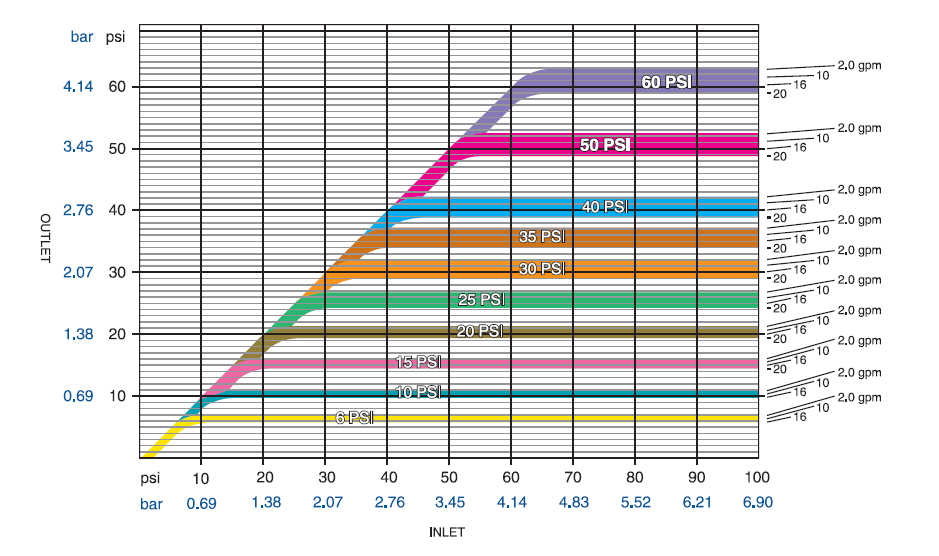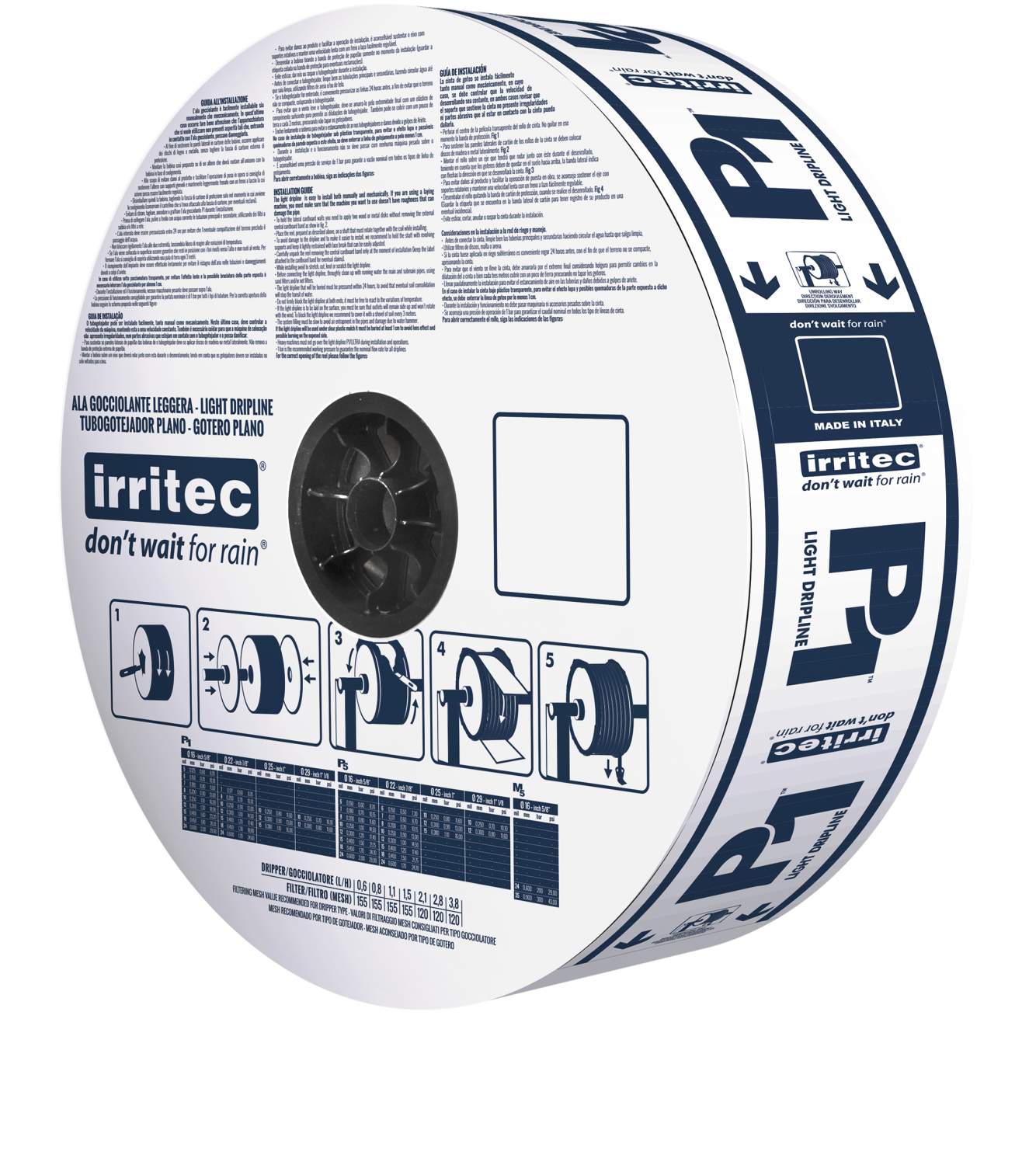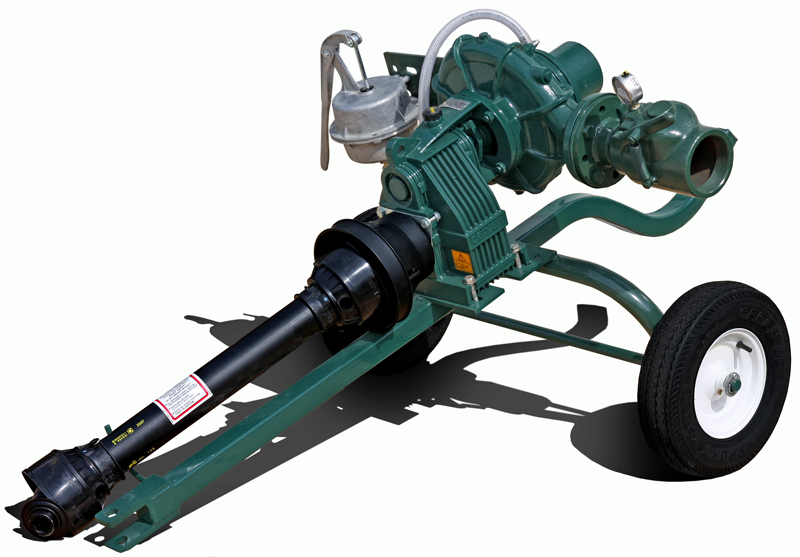Before you start your drip irrigation project (or if you are considering modifications to your existing system and it has been a while since you set up your drip irrigation system), we suggest that you talk to a professional.
Give us a call at 517-458-9741 or send us an email to info@irrigationsupplyparts.com and we will be happy to answer your questions!
Drip irrigation systems have a number of components and options, but here are the primary components you will need:
- A Water Source
- Water Filter
- Pump (or gravity fed source)
- Pressure Regulator (Consistent water pressure is crucial to applying the correct amount of water)
- Check Valve (This prevents your water source from becoming contaminated in case of a loss of water pressure)
- Hose or pipe to distribute the water to the field or garden
- Emitters or drip tape to apply the water
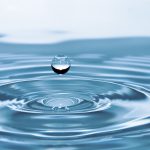
Pure, Clear, Water
In the meantime, here is a handy FAQ about setting up your drip irrigation system. Keep in mind that we work primarily with commercial growers, not residents or homeowners, so our projects tend to need larger, commercial systems.
What is Drip Irrigation?
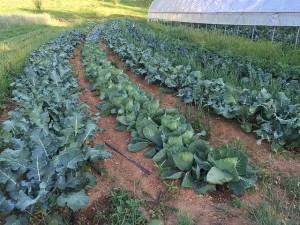
“We are trying to create a total wetted bed, not an emitter per plant.”
Drip irrigation is a way to deliver water (at a residence, garden, nursery, or farm) and nutrients directly to a plant’s roots with less waste through evaporation, percolation into the soil, and runoff. It “drips” the water onto the plant’s roots keeping them moist without the waste caused by sprinklers. It also allows for a more precise distribution of the amount of water and nutrients delivered, leading to less waste (and saving money).
Which is better pipe or hose? Buried or above ground?
All things being equal, we recommend a buried pipe for installations of perennials or other crops that will be planted in rows or raised beds with the same spacing requirements year after year. This allows you to plant, mulch, and weed each year without damaging or disturbing the irrigation system. However, if time is of the essence, or you don’t know how long you will continuing to plant the same crops, using an above-ground drip hose is usually preferred over a sprinkler system. It will still provide less evaporation and water waste. However, best business practices will require you to pick up the above ground hoses at the end of the growing season and store them.
Drip Lines Bulk Drip Irrigation Tubes Drip Irrigation Kits
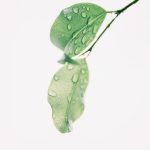
Water for Crops
What are the benefits of drip irrigation versus sprinklers or flooding?
For starters, flooding a field is the least efficient, most wasteful method to irrigate crops. Basically you build a small dam or berm around the field and flood the field with water. There is less control of the amount of water the crops receive and an increase in the amount of water lost to evaporation and runoff. And the runoff is not restricted just to the water. You also lose nutrients and fertilizer potentially contaminating the local water supplies.
So when should I use a sprinkler?
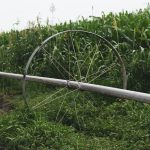
Water Sprinklers
Sprinklers are best when water distribution also needs to reach the leaves of taller crops like shrubs and trees and you are looking to cover a lot of area. Your lawn and landscaping will determine which system is better. Smaller flowerbeds, trees, or plants with deep roots are better suited by a drip system. Grass, trees and large groups of flowers do better with sprinklers. The great news is that you don’t have to choose one system or the other.
Komet Big Volume Guns and Komet Big Volume Nozzles
Nelson Big Gun Sprinklers and Nelson Big Gun Nozzles
Which pipe is best for a drip irrigation system?
The perfect pipe is determined by how long you plan on using it. Are you looking at seasonal use (try using an oval hose) or are you thinking you want 3 to 5 years of use (lay flat hose or aluminum pipe – Call for Quote) or “forever” (buried PVC pipe (Call for Quote) is a better match).
How much drip time do I need for one acre?
In a 1-acre field with beds of 4-ft centers there are 10,890 linear-bed-feet of plastic, the drip-irrigation rate should be reported as 78 gallons/100 ft (8,484/108.90). If a drip tape with a 24-gal/100-ft/hr flow rate is used, it will take 3 hours and 15 minutes to apply this amount of water (78/3 = 3.25 hrs).

Water for Life!
Do I need a pump for drip irrigation?
Depending on the size of your field, yes. You will certainly need a water source and the right pump is necessary to move the water from the source to the field.
If you need help determining the right size pump for your project, give us a call at 517-458-9741 or email us at info@irrigationsupplyparts.com.
Do I need a water filter?
You may or may not need a water filter, but best practices say you should always have water filter on your water source line, especially if you are using natural water source like a river, lake or pond. Keep in mind that the emitters distributing your water to the crops are only 0.2-2.0 mm in diameter, so foreign material in the water can easily block the emitters from doing their job.
Filters and Self Flushing Screens
Filters and screens are a simple way to remove particulates from the water and usually have no moving parts. Think of a window screen. As the filter or screen does it job removing impurities from the water, you will need to clean or replace them periodically. These are good for removing physical, inorganic materials like sand.
Another option is to use Disc Filters. These disks are similar to “poker chips” that you can mix and match to obtain the filtering results you seek. Each disc has a different size microscopic groove and is designed to filter out specific impurities.
There are also Media Filters. These use tanks of water hooked together in a sequence and depending on your needs, give you the option of pairing different media filters (sand, gravel, etc.) in each tank to remove specific impurities from the water.
Self Flushing Screens. In a self-flushing strainer, a rigid cylinder screen strains the particles from the water source, trapping debris on the inside. This layer of buildup causes differential pressure across the inlet and outlet. A controller monitors the filter and opens a flush valve when it senses a difference in the pressure between the inlet and outlet vales.
Do I need a pressure regulator?
Yes. Pressure regulators are not optional for drip irrigation systems. They help prevent leaks, emitter blowouts and irregular water application. They help insure that your drip irrigation system has a steady, measurable flow of water to your emitters.
Pressure regulators reduce incoming water pressure to a set pressure usable by a drip system. A pressure regulator is used when the incoming pressure is too high for the emitters or fittings. The flow rate of the regulator should be matched with the system. Pressure regulation does not take effect until minimum specified flow passes through the regulator.
Below is a table showing you the flow rate based on GPM rate.
Pressure Regulators and Pressure Reducing Valves
Do drip irrigation systems need air vents?
Yes. Controlling the air in irrigation systems is a means to control the water flow. The most efficient way to control air is by the proper use of air vents. Both the presence of air, and absence of air, can cause problems or damage irrigation systems.
Trapped air in pipes impedes water flow and can lower watering uniformity. It can also cause water hammer and damage to pipes and fittings. Air in pipes also produces inaccurate readings for water and flow meters. For reliable and accurate water measurement, flow meters require pipes to be full of water.
Air Vents are available from 3/4″ through 4″.
2″ Combination Air Release Valve
Do drip irrigation systems need a back-flow valve?
If you are planning on distributing fertilizer through your drip irrigation system, a back-flow valve is necessary. The back flow valve prevents fertilizer (or other non-potable contaminants) from flowing back into the main water supply and contaminating it in the event of a loss of water pressure.
Chemigation Valve, Pierce Flanged Check Valve, 2″ Inline Check Valve,
What else do I need?
Before you start you might need to talk to a professional. Give us a call at 517-458-9741.
What is the average cost of a drip irrigation system?
Cost depends on the size of the operation. A rule of thumb is a drip irrigation system costs $2,150 per acre on average, with a typical range of $1,800 to $2,500… If you want to know for sure, call us for professional insights. 517-458-9741.
What are the disadvantages of drip irrigation?
The first disadvantage is the initial setup cost.
The time necessary for initial set up is a disadvantage. It takes time to layout the pipes and emitters to maximize their effectiveness.
There is also the potential problem of the emitters becoming clogged. The emitters are usually 0.2-2.0 mm in diameter, so this is why you want a clean water source, as well as water filters inline,
What size PVC is used for drip irrigation? PVC size is based on desired flow rate. See the flow chart shown above or give us a call at 517-458-9741 and we can walk you through this decision.
Do soaker hoses work? Not really. Successful drip irrigation requires that the hose (or pipe) distributing the water dispenses roughly the same amount of water at the beginning of the hose all the way to the end. Soaker hoses have little uniformity and frequently will distribute too much water at the beginning of the hose, while dispensing little to no water at the end of the hose.
What are emitters? Emitters are part of your drip irrigation system where the water is distributed to the plants roots in small amounts. By delivering small quantities of water directly to the plants root system, you will use less water and lose less water to evaporation, runoff and weeds!
Other best practices.
Develop a notebook (Literally a notebook or at least an electronic record) that has all your information – serial numbers, manufactures and their phone numbers, in one location so when a problem comes up later on (like a warranty claim) you have access to the resources needed (model number, serial number, date of purchase, invoice, etc.)
And finally, if you need help or have a question, I suggest you call Phil at 517-458-9741 or email him at info@irrigationsupplyparts.com! He is happy to help.


